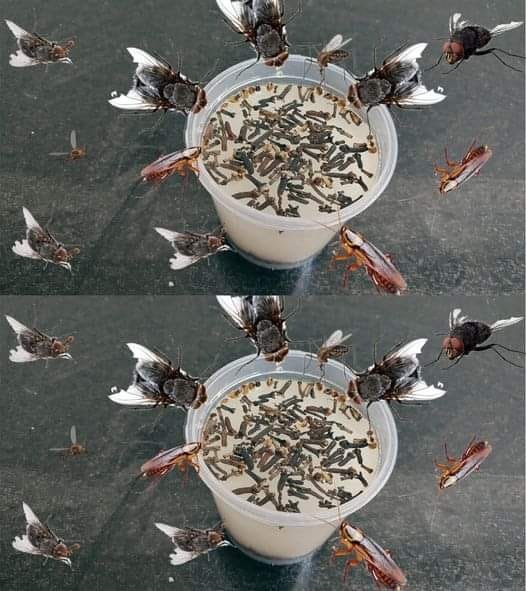Painful Red Bumps? It Could Be Dyshidrotic Eczema
If you’ve noticed painful, red, itchy bumps on your hands or feet, you might be dealing with a skin condition known as dyshidrotic eczema. Though this type of eczema isn’t curable, it’s manageable with the right care and treatments—especially since it often flares up in the spring.
Eczema is a general term covering several conditions that cause skin inflammation (also known as dermatitis). In the United States alone, roughly 35 million people live with some form of eczema, and around 70% of these cases occur in children under five.
During an eczema flare, the skin becomes red, irritated, and intensely itchy, with fluid-filled blisters that may leak and crust over. While eczema isn’t contagious, it can be triggered by allergens, irritants, or genetic factors.
What is Dyshidrotic Eczema?
Among the many types of eczema, dyshidrotic eczema—also called pompholyx—is one of the most common. This chronic skin condition frequently recurs and primarily affects the palms, fingers, and soles of the feet. It’s known for causing clusters of small, deep-seated blisters (about 1–2 millimeters in size), which usually dry out and peel over several weeks.
The condition goes by several other names, including:
-
Pompholyx
-
Acute vesicular hand dermatitis
-
Acute palmoplantar eczema
-
Vesicular endogenous eczema
-
Cheiropompholyx (hands)
-
Podopompholyx or pedopompholyx (feet)
-
Cheiropodopompholyx (hands and feet)
However, not every rash or blistering skin issue is dyshidrotic eczema—so it’s crucial to get a proper diagnosis before beginning any treatment.







